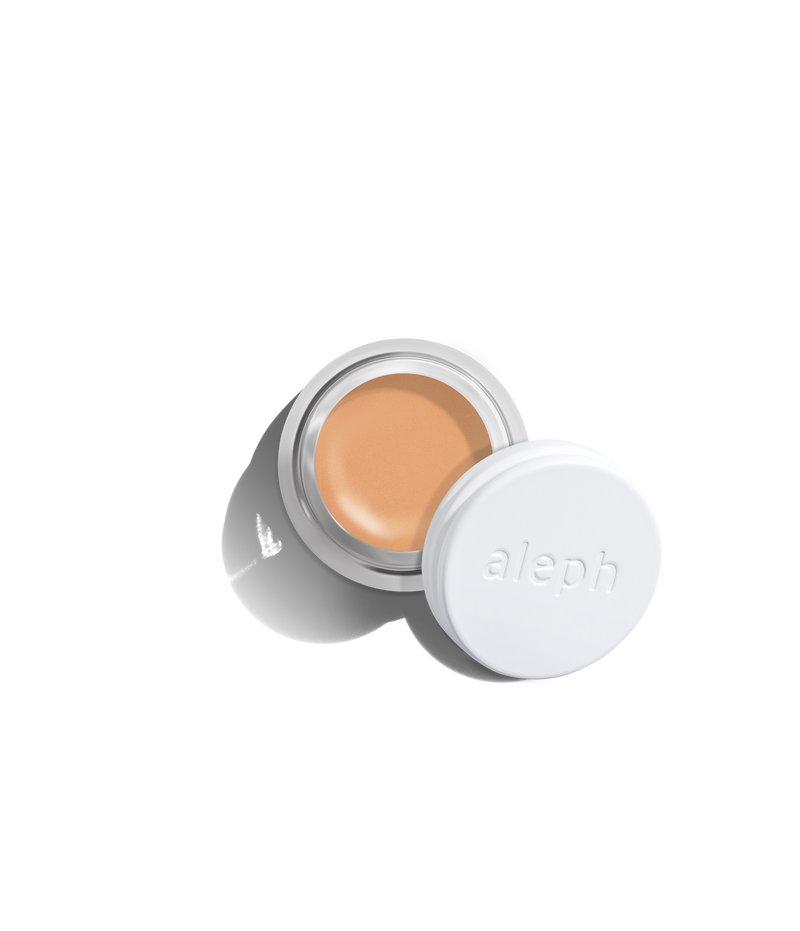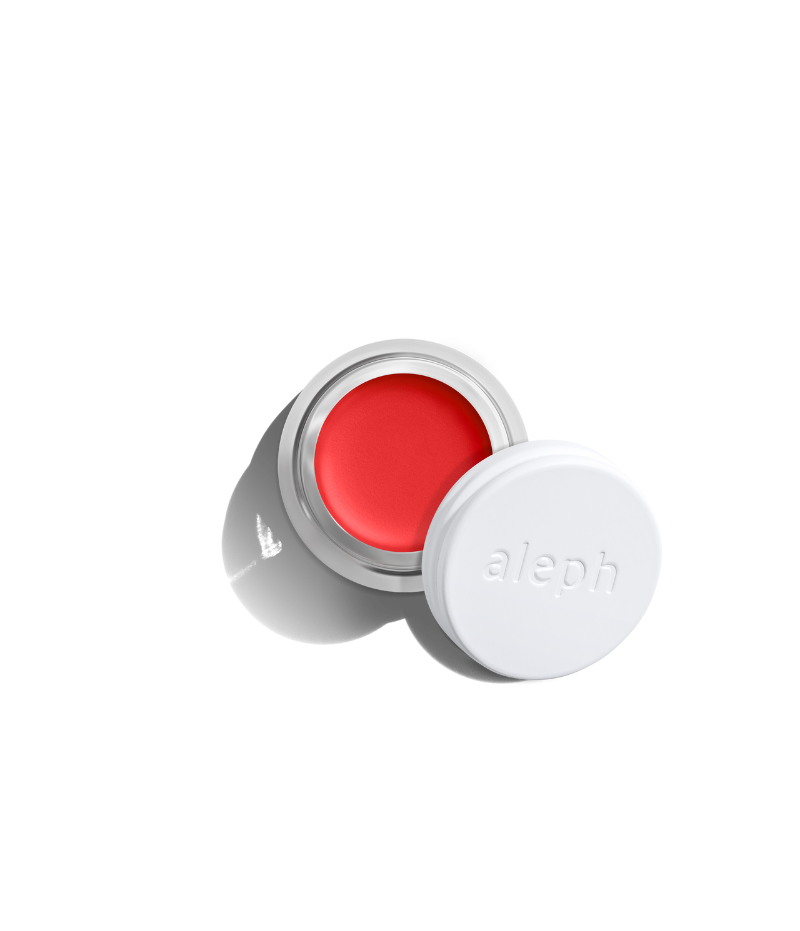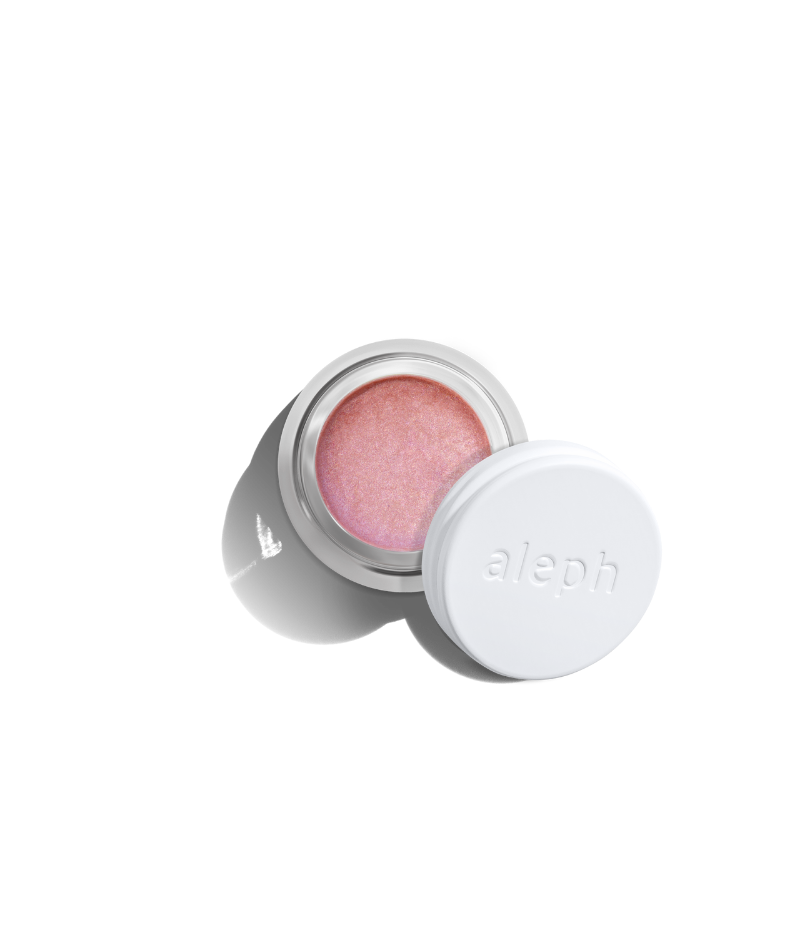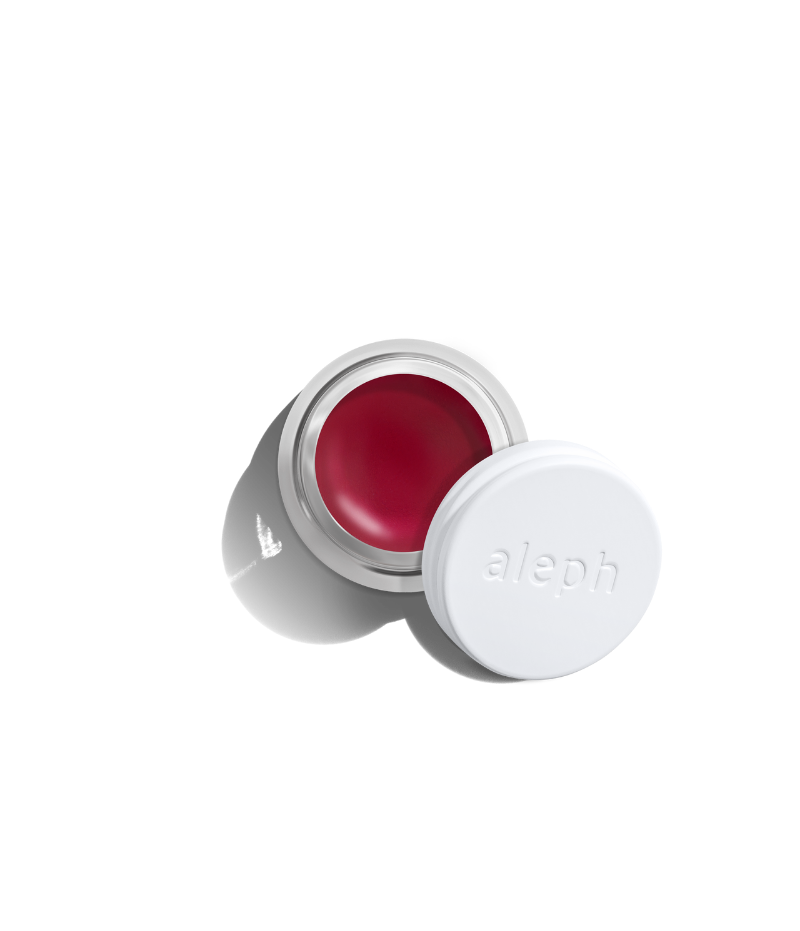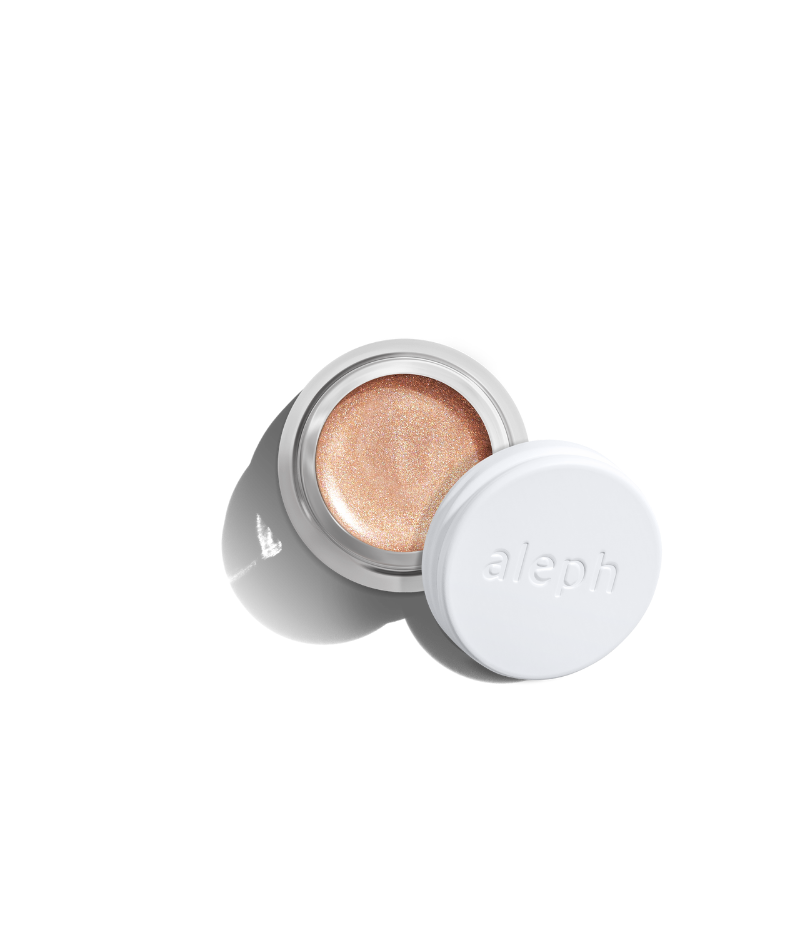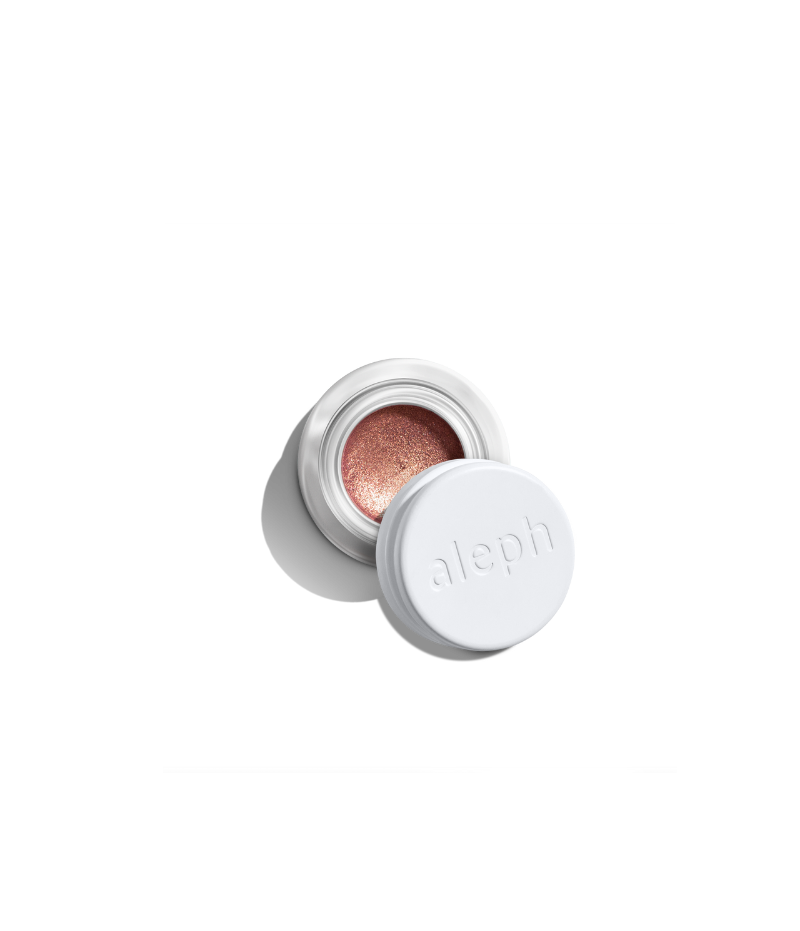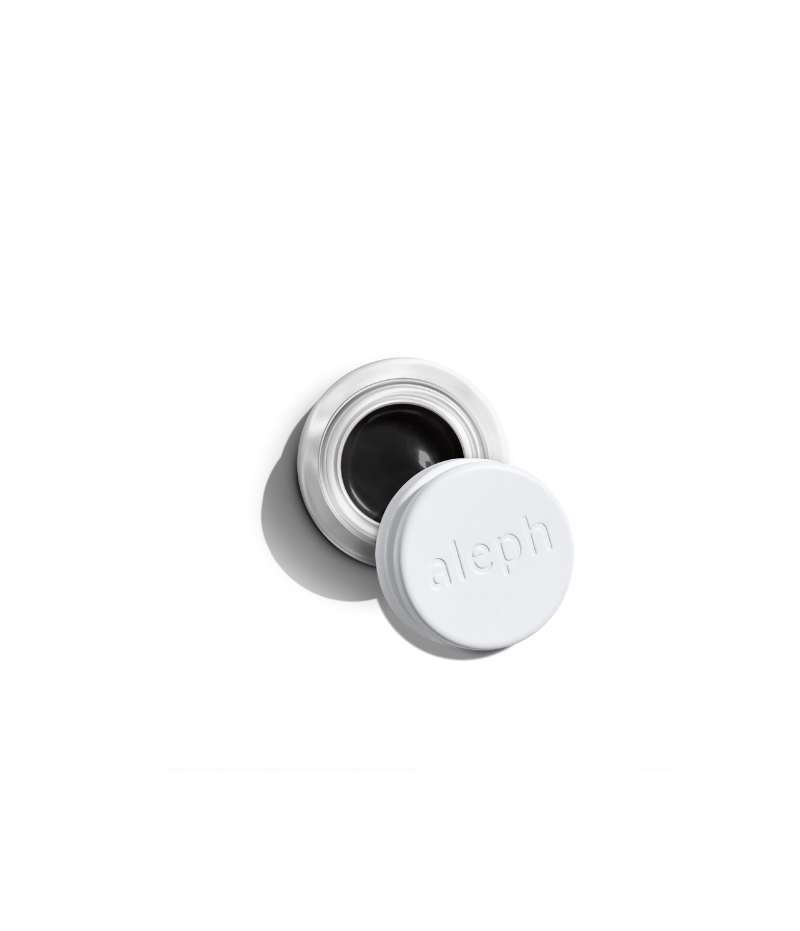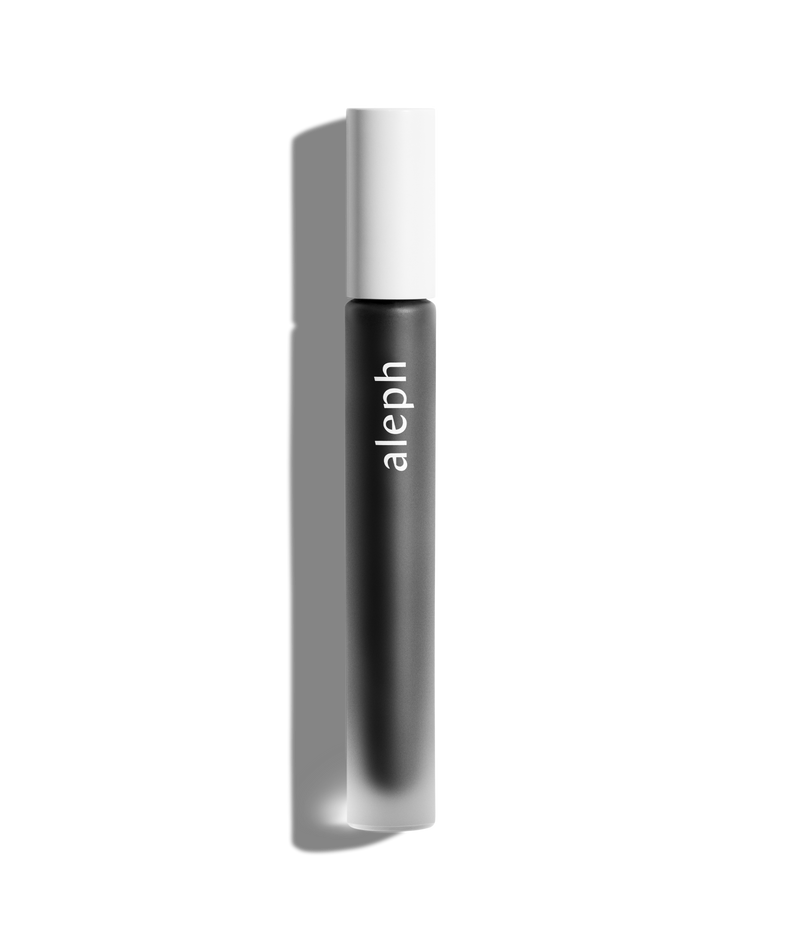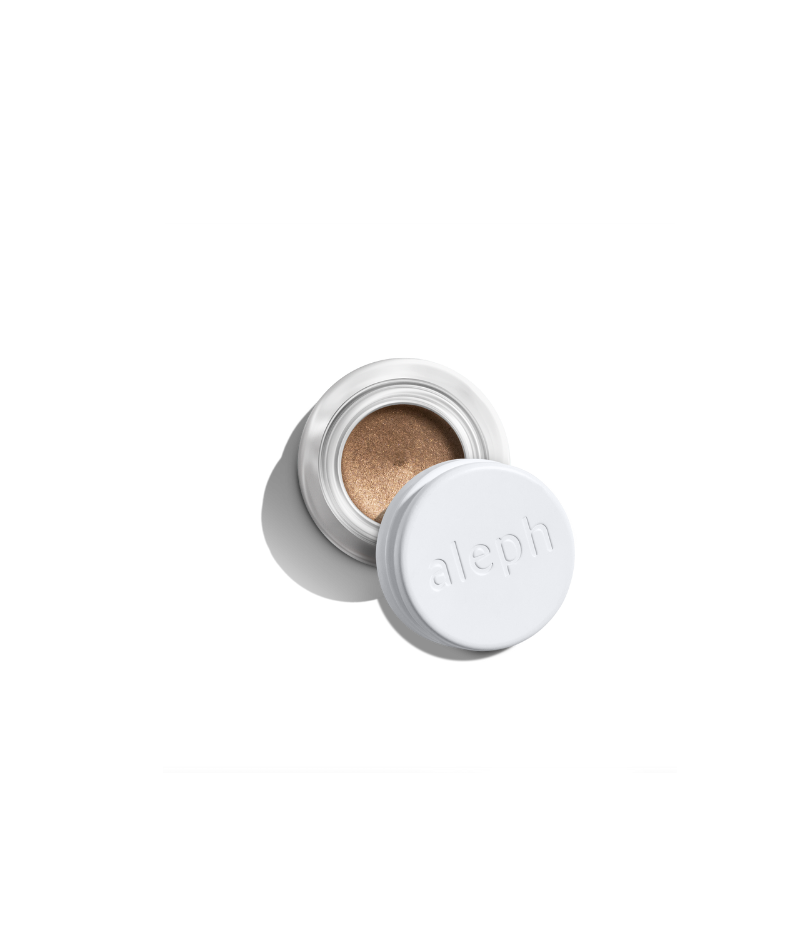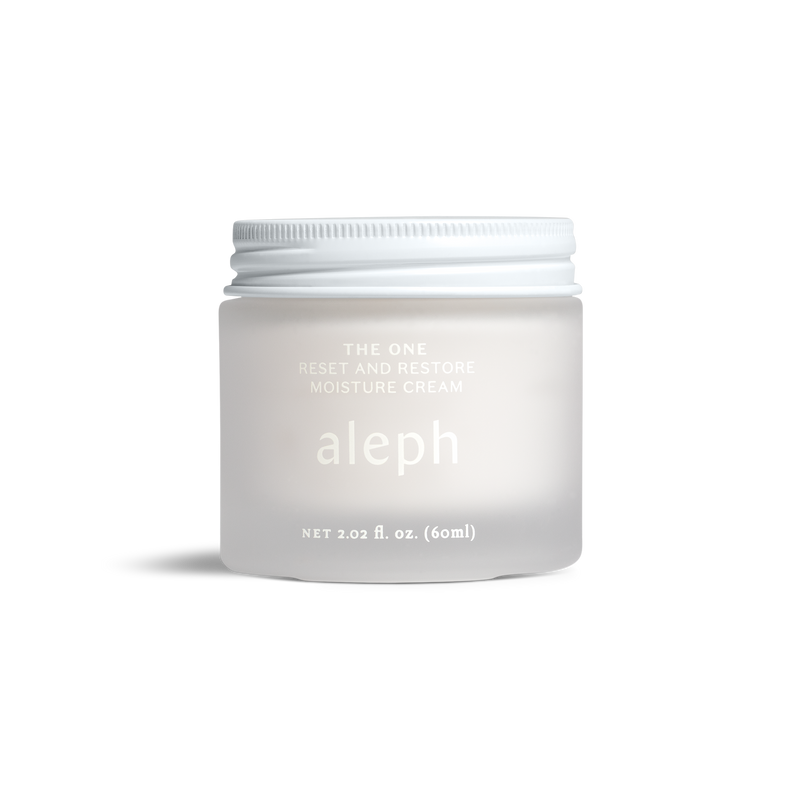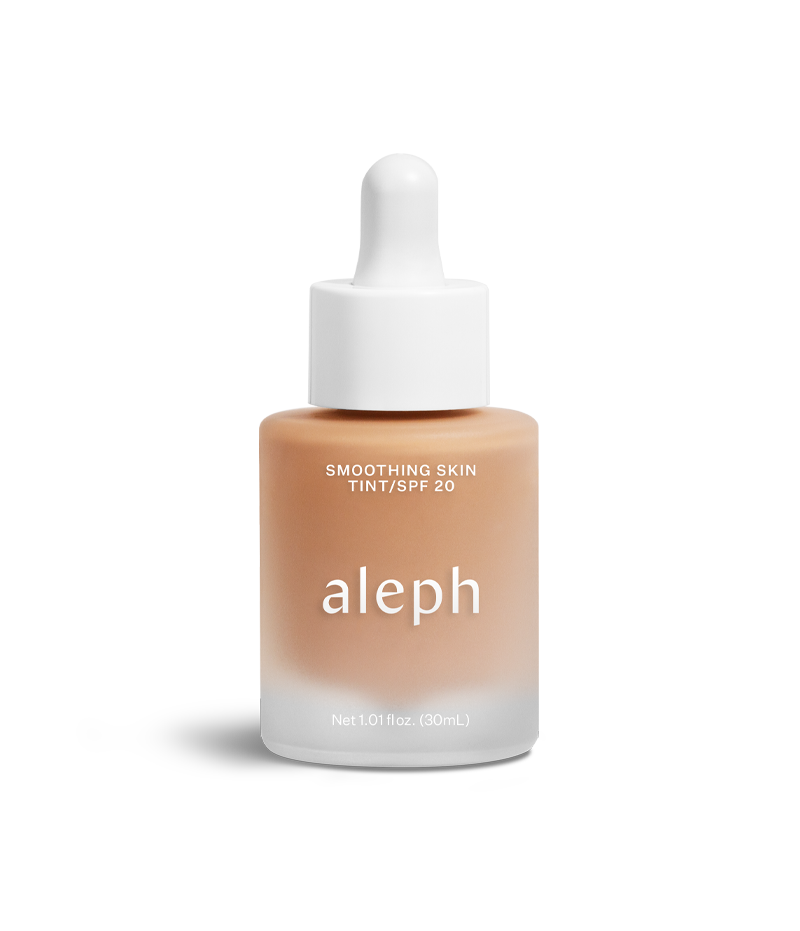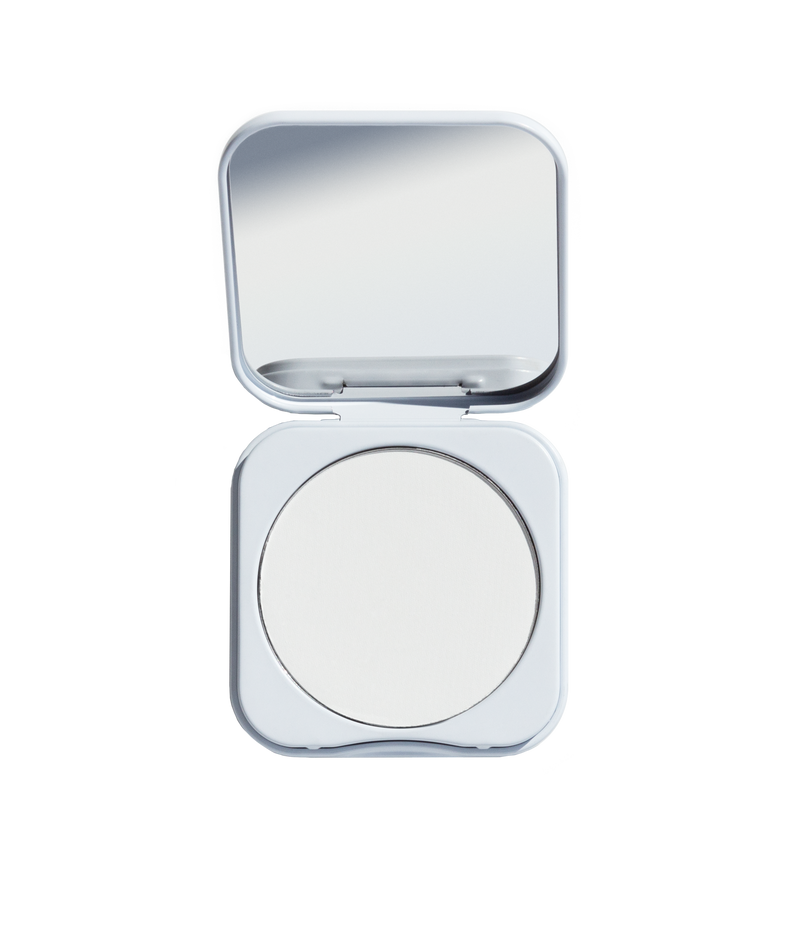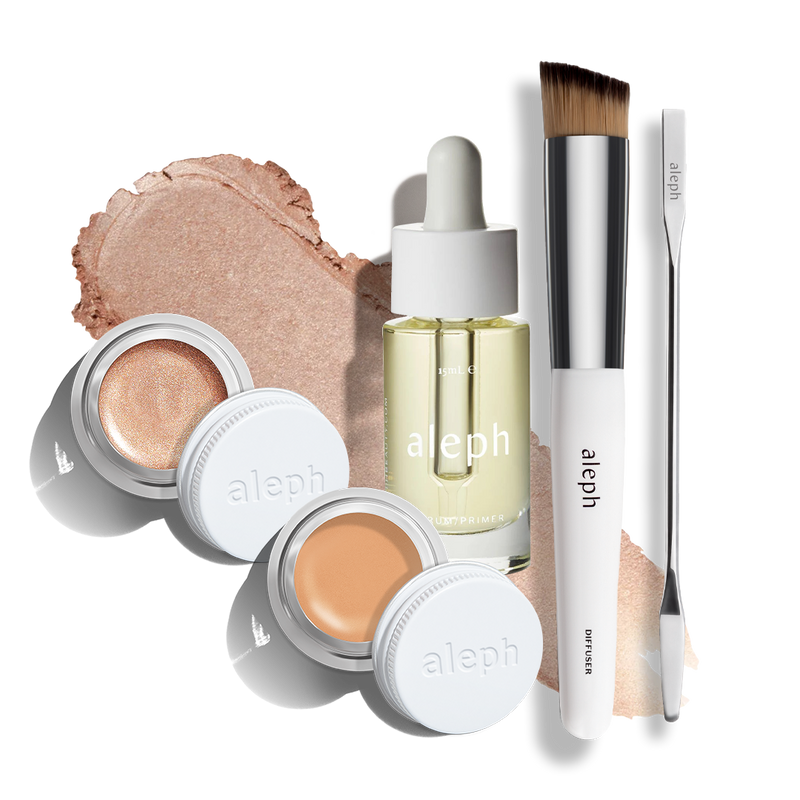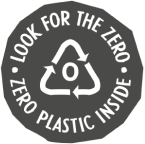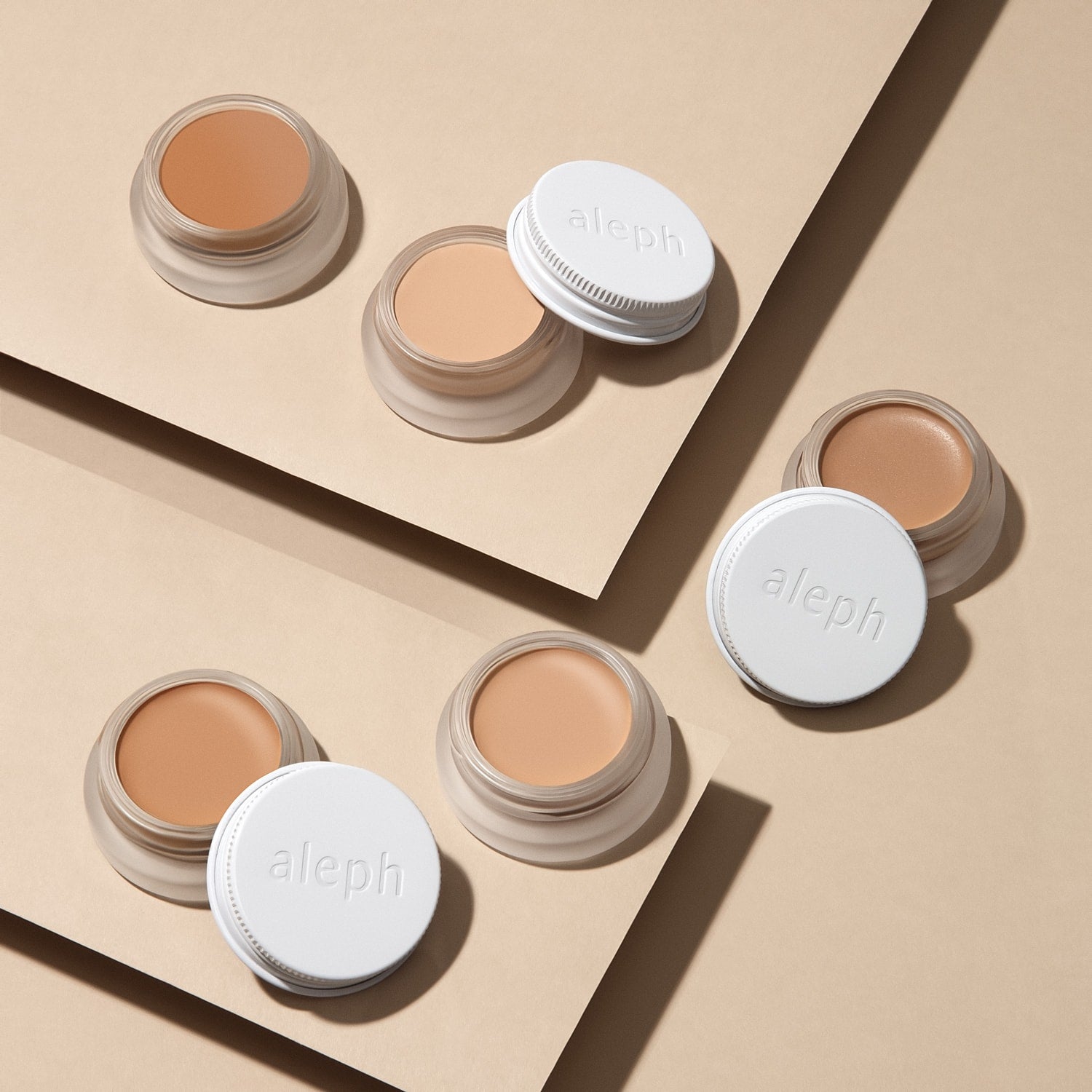In this era of online shopping and social media-driven beauty trends, it's easier than ever to purchase new products with just a few clicks. The convenience factor is high, but have you ever stopped to consider what happens when you return that color that wasn't quite the right shade or that product that didn't meet your expectations?
The Hidden Environmental Impact of Beauty Returns
When you return a beauty product, you might assume it goes back on the shelf for another customer. Unfortunately, the reality is far different. Due to health and safety regulations, the vast majority of returned beauty products—estimated at 80-90%—cannot be resold and are ultimately destroyed.
Here's what that means for our planet
Resources Wasted, Not Just Products
Each beauty product represents a complex chain of resource consumption:
Raw materials extracted from the earthWater usage in formulation and manufacturing
Energy consumption during production
Packaging materials (often including mixed plastics that are difficult to recycle)
Transportation emissions during multiple shipping phases
Processing chemicals used in the destruction of returned items
A single returned lipstick doesn't just waste the product itself—it wastes every resource that went into creating, packaging, shipping, and ultimately disposing of it.
The Scale of the Problem
The beauty industry generates an estimated 120 billion packaging units annually, and return rates for online beauty purchases hover between 20-30%. The math is staggering:
Approximately 25 billion beauty products are sold online each year.
If 25% are returned, that's 6.25 billion returned items.
If 85% of those returns are destroyed, we're looking at over 5 billion beauty products destroyed annually
The Carbon Footprint of the Return Journey
The environmental impact extends beyond the product itself. Consider the carbon footprint created by:
Initial shipping from warehouse to customer
Return shipping from customer back to processing centre
Transportation to disposal or destruction facility
Energy used in incineration or landfill processing
Studies estimate that returned packages in the US alone generate 15 million metric tons of carbon dioxide annually—equivalent to the emissions from 3 million cars on the road for a year.
The Financial Cost: Who Really Pays?
While some return policies may seem generous to consumers, the cost is ultimately shared by all:
Brands raise prices to cover return losses
Consumers pay more for products
The environment bears the heaviest burden
One analysis found that processing a single returned item costs retailers an average of $10-20 in handling and processing fees, not including the lost product value.
Breaking the Cycle: How We Can All Help
As Consumers
Shop more intentionally: Research products thoroughly before purchasingConsider alternatives to returning: Could the product work in a different way? Could someone else use it?
Support brands with sustainability policies: Companies like Aleph are pioneering better systems
What We're Doing at Aleph
At Aleph, we're committed to reducing beauty waste by taking a conscious approach from initial product design through the entire lifecycle of the packaging. Our formulations are carefully developed to complement a wide spectrum of skin tones and textures, giving you confidence that the products you're drawn to will truly work for you.
We've intentionally created versatile cosmetics that can be mixed and layered in various ways, allowing you to customize effects based on your individual needs and preferences—turning one product into infinite possibilities.
We make it easy to make choices you can feel great about:
Detailed product information to help you make the right choice first time
Complimentary Shade Matching service Ensures you are recommended the very best products to suit you.
Sample program for Concealer/Foundation
Partnering with recycling programs like Pact Collective in the US, and our own re-Aleph program in NZ
Encouraging product exchanges rather than returns when possible
A New Perspective on Returning Products
The next time you consider returning a product, we invite you to pause and consider the true cost of that decision. Could there be another solution?
In the case of beauty products, we’re offering up some ideas for you:
Gifting it to a friend who might enjoy itAdapting how you use it (that face cream might make a wonderful hand cream)
Mixing products to create a custom shade or formula - we have loads of resources on Makeup Alchemy!
Donating unopened items to organizations that accept them
Ultimately, every product kept out of the return-and-destroy cycle represents real environmental savings.
Moving Forward Together
Beauty shouldn't come at the expense of our planet. By making more conscious choices about our purchases and returns, we can all contribute to a more sustainable beauty industry.
Aleph is committed to transparency and sustainability in everything we do.

 BACK
BACK